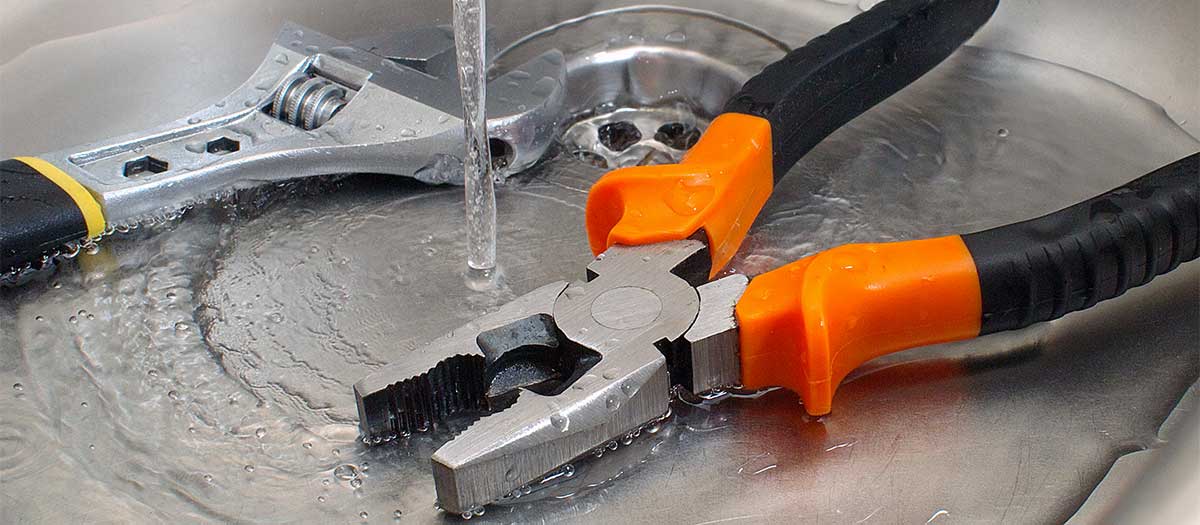Just how to Examine If Your House Has a Concealed Leak
Just how to Examine If Your House Has a Concealed Leak
Blog Article
On this page below you will discover some amazing details around Leaking water lines.

Early detection of leaking water lines can minimize a prospective disaster. Some small water leakages may not be noticeable.
1. Analyze the Water Meter
Every residence has a water meter. Checking it is a guaranteed manner in which assists you uncover leaks. For starters, switch off all the water sources. Make sure no person will purge, make use of the faucet, shower, run the washing equipment or dishwasher. From there, most likely to the meter and also watch if it will alter. Considering that no one is using it, there must be no activities. If it moves, that indicates a fast-moving leakage. If you find no adjustments, wait a hr or two and inspect back once again. This suggests you might have a slow leak that could even be underground.
2. Inspect Water Usage
Examine your water expenses as well as track your water usage. As the one paying it, you must observe if there are any kind of disparities. If you detect sudden changes, regardless of your intake coinciding, it suggests that you have leakages in your plumbing system. Keep in mind, your water expense must fall under the exact same range monthly. A sudden spike in your bill indicates a fast-moving leakage.
At the same time, a constant boost each month, even with the same behaviors, shows you have a slow leakage that's likewise slowly rising. Call a plumber to completely inspect your home, especially if you really feel a warm location on your floor with piping below.
3. Do a Food Coloring Test
30% comes from commodes when it comes to water intake. Examination to see if they are running properly. Decline specks of food shade in the tank and also wait 10 minutes. If the shade somehow infiltrates your dish throughout that time without flushing, there's a leak in between the tank and also bowl.
4. Asses Outside Lines
Do not forget to inspect your exterior water lines too. Test faucets by attaching a garden hose pipe. Needs to water seep out of the connection, you have a loosened rubber gasket. Change this and make sure all links are limited. If you've got an automatic sprinkler, it will assist get it skillfully examined and preserved every year. One little leakage can waste tons of water and spike your water expense.
5. Assess the scenario and also evaluate
Home owners need to make it a habit to examine under the sink counters and also also inside cupboards for any type of bad odor or mold growth. These two warnings show a leakage so timely interest is required. Doing routine assessments, also bi-annually, can save you from a major issue.
Inspect for stainings as well as weakening as the majority of devices and pipelines have a life expectancy. If you presume leaking water lines in your plumbing system, don't wait for it to rise.
Early detection of dripping water lines can mitigate a prospective disaster. Some small water leakages may not be visible. Examining it is a surefire method that helps you find leakages. One tiny leak can lose loads of water as well as increase your water bill.
If you presume dripping water lines in your plumbing system, don't wait for it to intensify.
WARNING SIGNS OF WATER LEAKAGE BEHIND THE WALL
PERSISTENT MUSTY ODORS
As water slowly drips from a leaky pipe inside the wall, flooring and sheetrock stay damp and develop an odor similar to wet cardboard. It generates a musty smell that can help you find hidden leaks.
MOLD IN UNUSUAL AREAS
Mold usually grows in wet areas like kitchens, baths and laundry rooms. If you spot the stuff on walls or baseboards in other rooms of the house, it’s a good indicator of undetected water leaks.
STAINS THAT GROW
When mold thrives around a leaky pipe, it sometimes takes hold on the inside surface of the affected wall. A growing stain on otherwise clean sheetrock is often your sign of a hidden plumbing problem.
PEELING OR BUBBLING WALLPAPER / PAINT
This clue is easy to miss in rooms that don’t get much use. When you see wallpaper separating along seams or paint bubbling or flaking off the wall, blame sheetrock that stays wet because of an undetected leak.
BUCKLED CEILINGS AND STAINED FLOORS
If ceilings or floors in bathrooms, kitchens or laundry areas develop structural problems, don’t rule out constant damp inside the walls. Wet sheetrock can affect adjacent framing, flooring and ceilings.
https://www.servicemasterbyzaba.com/blog/how-to-detect-water-leakage-in-walls/

I found that post about Finding hidden leaks when doing a lookup on the web. Are you aware of another individual who is truly interested in the niche? Take a moment to share it. Thank you for going through it.
Report this page